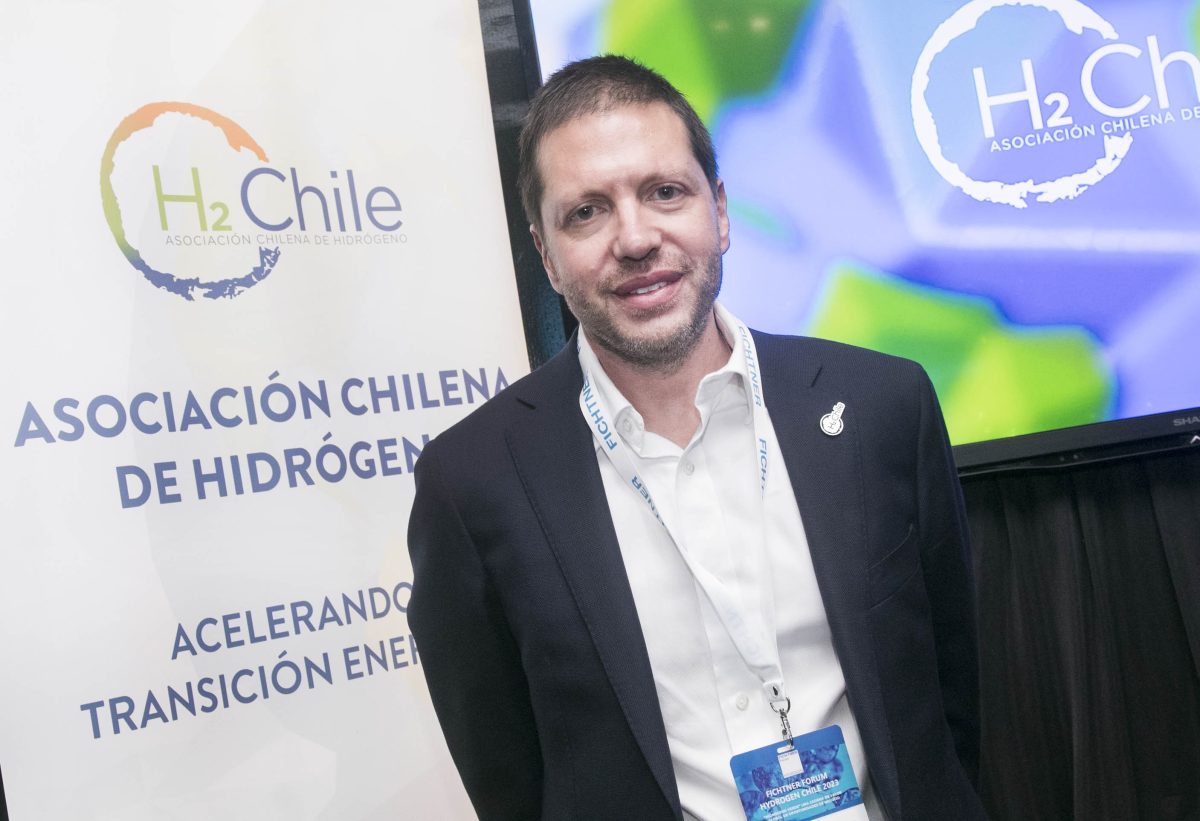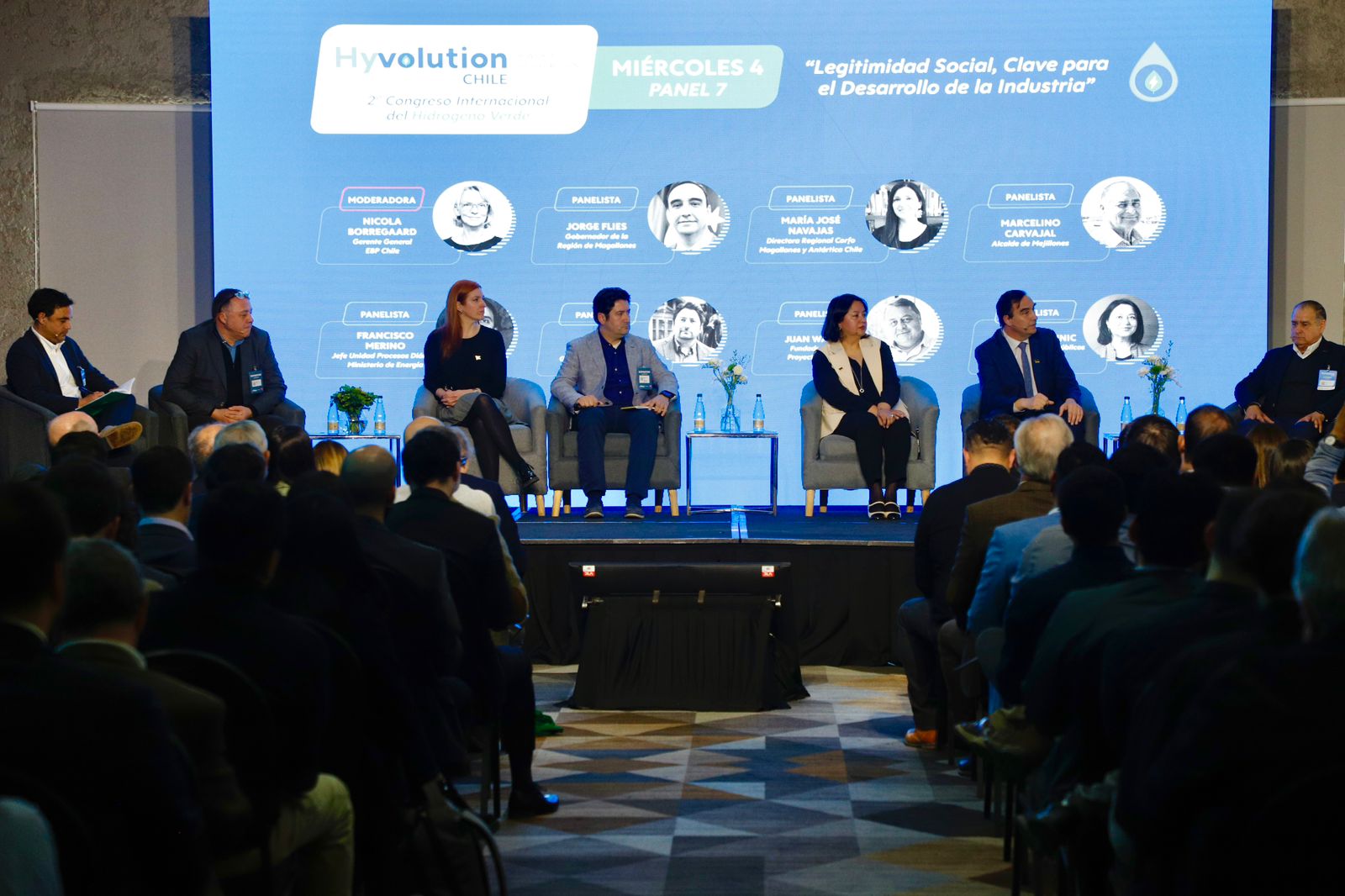
More than a national event, Hyvolution is also an opportunity for all countries to showcase their hydrogen potential and ambitions. Among the countries represented is Chile, which is taking advantage of particularly favorable natural conditions to produce green hydrogen on a very large scale.
A large surplus of renewable electricity
“In the north we have the Atacama Desert, with the highest solar radiation in the world. And in the south, in Patagonia, we have some of the most powerful winds,” explains Marcos Kulka. With these advantages, the country has already developed a renewable energy industry that produces more electricity than it can consume.
“We have 70 times more capacity than we use today,” he says. Hence the Chilean authorities’ idea of relying on hydrogen and its derivatives, especially ammonia, to take advantage of this surplus energy. “We can use it for transportation, export it to Europe and Asia, or satisfy local industrial needs,” summarizes the head of H2 Chile.
A strategy focused on mobility
The transportation sector is one of Chile’s priorities for developing the use of green hydrogen locally. “Of the 75 projects announced, 14 are underway, and 70% are related to mobility,” says Kulka. Several initiatives are underway, such as the conversion of electric buses to hydrogen-powered buses, the exploitation of heavy vehicles, and the deployment of hydrogen-powered trains for the mining industry.
Chile is also exploring alternatives for maritime and air transport. “We have alliances with shipping companies to test ammonia and e-methanol as fuels,” explains the H2 Chile representative, pointing to the ambitious targets set for aviation: “By 2050, 50% of the fuel used will have to come from synthetic kerosene.”
Infrastructure still limited
Although Chile is committed to hydrogen, infrastructure development remains a challenge. “We have some refueling stations, but they are still very limited,” admits Marcos Kulka. Toyota has already installed a small station and other projects are underway, especially for heavy vehicles, in collaboration with COPEC. However, hydrogen is not yet being considered for urban vehicles: “Our priority is first and foremost to meet the needs of industry and heavy transport,” explains Kulka.
Hyvolution Chile 2025: a long-awaited event
The year 2025 will be decisive for hydrogen development in Chile. Hosted in Santiago from September 2 to 4, Hyvolution Chile 2025 is the occasion to take stock of progress made and announce new government investments. “At the last event, the president of Chile and five ministers were present to affirm their support for the industry,” says Kulka, who hopes to turn the event into a broader platform for all Latin American countries, with participation from Brazil, Colombia, Peru, Uruguay and Argentina.
Hyvolution Chile 2025 will also provide an opportunity to review the international context. “We are waiting to know the details of the regulations in the United States and Europe, especially regarding the definition of green hydrogen and ammonia,” stresses the general manager of H2 Chile.
Source: H2 Mobile.



 Related News
Related News Hyvolution 2024 Unveils Topics for its International Congress
Hyvolution 2024 Unveils Topics for its International Congress
 Hyvolution Chile consolidates its position as the most important green hydrogen meeting in Latin America: 4,391 visits and 35% of international exhibitors
Hyvolution Chile consolidates its position as the most important green hydrogen meeting in Latin America: 4,391 visits and 35% of international exhibitors
 Women in Green Hydrogen Network held its first official session
Women in Green Hydrogen Network held its first official session
